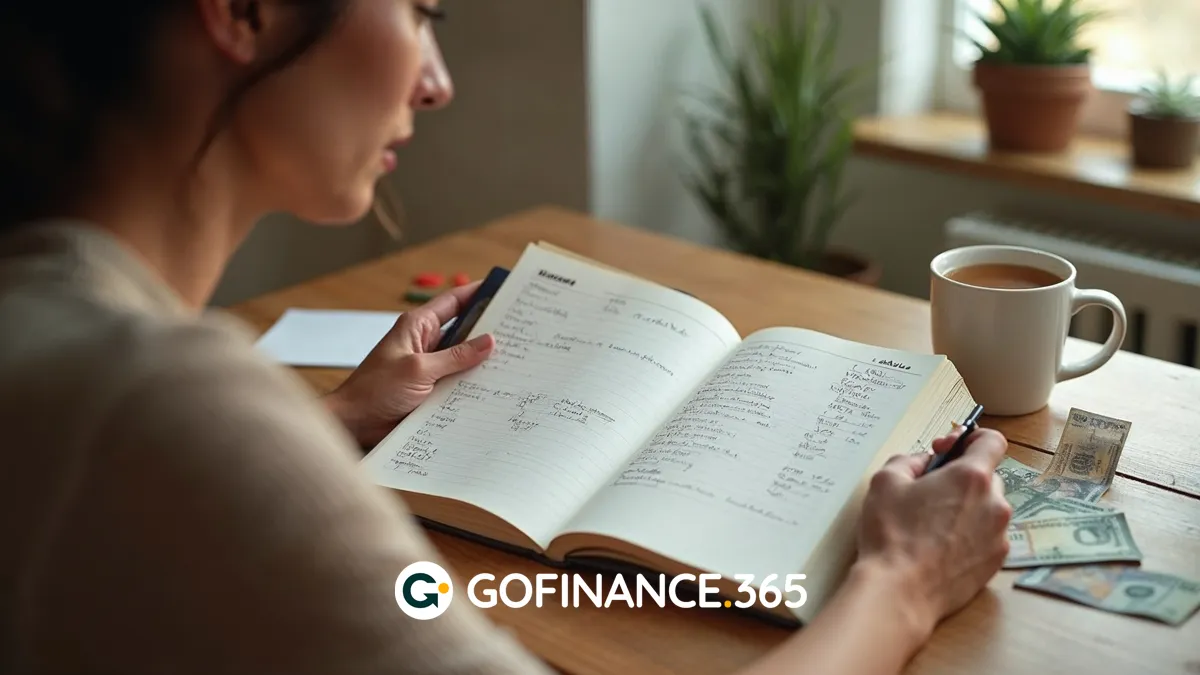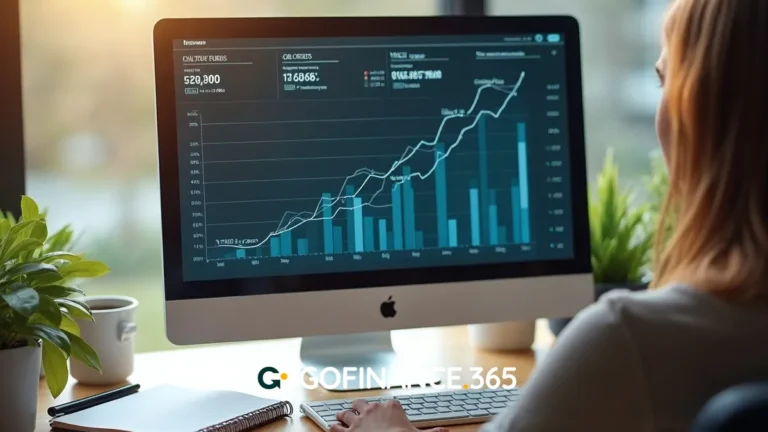Table of contents:
Can you imagine saving a significant amount of money in just one month while transforming your relationship with spending? The No Spend Challenge is a powerful tool for anyone seeking a practical and effective financial reset. In this guide, you’ll discover how this 30-day challenge can help you build more mindful habits, reduce unnecessary expenses, and achieve greater financial stability.
If you’re looking for a realistic, actionable way to reconnect with your personal finances, the No Spend Challenge is the perfect place to start. I invite you to take on the challenge and experience its benefits firsthand.
What is the No Spend Challenge and what does it involve?
The No Spend Challenge is a voluntary commitment to avoid unnecessary purchases for a set period, typically 30 days. The goal is to curb impulse spending, reflect on your financial habits, and focus on essentials.
During the challenge, you’re allowed to spend only on basic needs like food, housing, and transportation. Everything non-essential is off limits, helping you generate real savings and develop greater financial awareness.
What expenses are allowed and which ones should you avoid?
- Allowed expenses: Basic groceries, rent or mortgage, utilities, medication, and transportation to work or school.
- Expenses to avoid: Dining out, non-essential clothing, tech gadgets, unplanned entertainment, unnecessary subscriptions.
How to prepare for your No Spend Challenge in 5 steps
Preparation is key to completing the challenge successfully. A clear plan will help prevent frustration and improve your chances of meeting your goals.
Follow these steps to start with confidence and clarity:
Step 1: Define the period and your personal rules
Decide whether you’ll do 30 days or adjust the timeframe to suit your situation. Set clear rules, including any necessary exceptions (e.g., a pre-planned gift).
Step 2: Identify your essential expenses and make a budget
Create a detailed list of your necessary expenses and assign a realistic amount to each. This gives you a clear guide and helps avoid missteps.
Step 3: Plan free alternatives for your activities
Explore options like outdoor walks, reading, home cooking, or exercise at home. This reduces the temptation to spend.
Step 4: Seek support and share your challenge to stay motivated
Tell friends or family about your challenge. You can also join online communities for extra encouragement and tips.
Step 5: Set up a system to track your progress
Keep a journal of your expenses and reflections. This helps you stay focused and learn from the experience.
Real benefits of completing a No Spend Challenge
This challenge delivers more than just financial savings. It helps you reconnect with what truly matters and encourages conscious consumption.
It also strengthens your discipline and provides clarity on your financial priorities.
Direct savings: how much you can save in a month
Depending on your lifestyle, you could save 15% to 40% of your monthly income by cutting non-essential spending.
Greater awareness of your spending habits
By eliminating impulse purchases, you’ll spot patterns you hadn’t noticed before and learn to manage your money more effectively.
Reduced financial stress and improved control over your money
As your finances stabilize, you’ll feel more confident and at ease—leading to better long-term financial decisions.
Practical tips for getting through 30 days without spending
Facing a no-spend month takes strategy and flexibility. These tips will help you stay on track while still enjoying life:
Reward yourself with non-material achievements
Celebrate with free rewards—like a walk somewhere special, a cozy reading session, or a relaxing meditation.
Adjust your expectations: the goal is progress, not perfection
If you slip up, don’t abandon the challenge. Reflect on what happened, learn from it, and keep going. Improvement matters more than perfection.
Review your progress weekly and adjust as needed
At the end of each week, reflect on what worked and what didn’t. Fine-tune your strategies to stay motivated.
Frequently asked questions about the No Spend Challenge
Here are answers to common questions from those trying the challenge for the first time—so you can stay focused and get the most out of it:
What should I do after the No Spend Challenge?
Reflect on your experience and the lessons learned. Use that insight to build a more mindful budget or set up long-term savings habits.
How much money can you save with a No Spend Challenge?
It depends on your income and lifestyle. On average, participants save 15% to 40% of their monthly income during the challenge.
What if I need to spend money on something unexpected?
Ask yourself if it’s truly essential. If it is, spend mindfully and adjust your plan to balance it out as best you can. Don’t be hard on yourself—focus on staying intentional.















